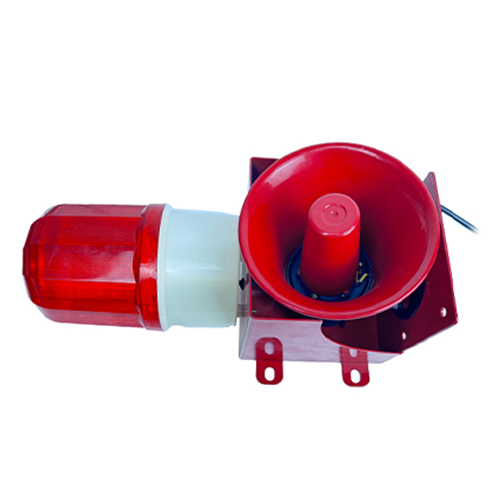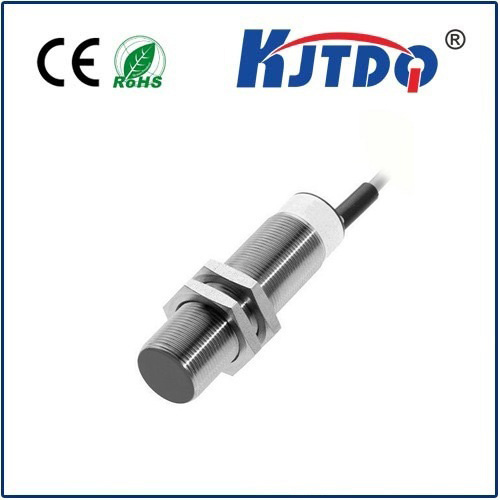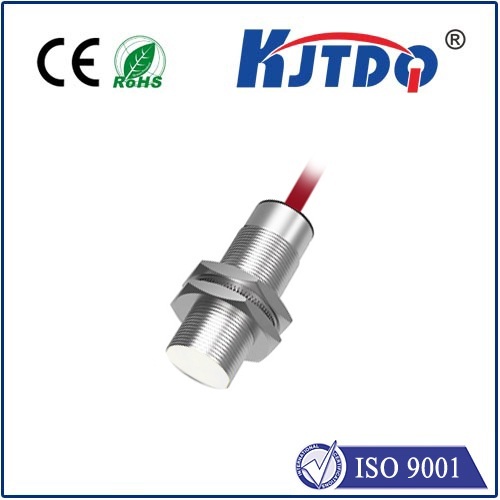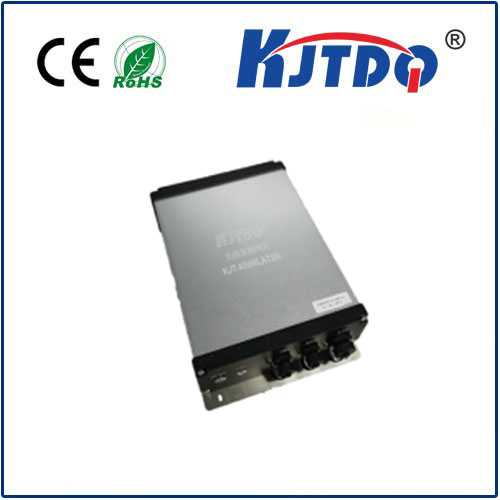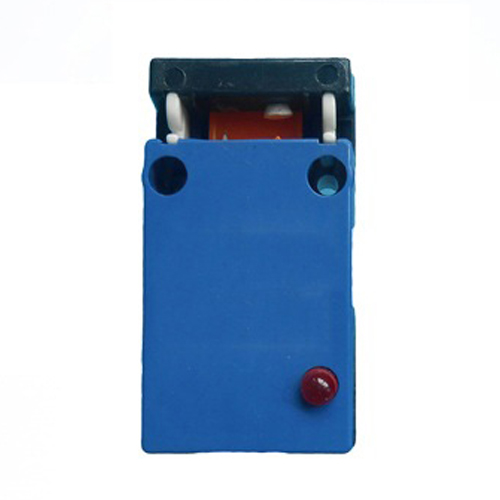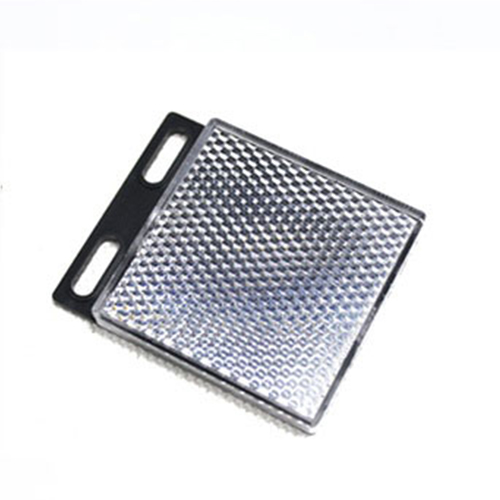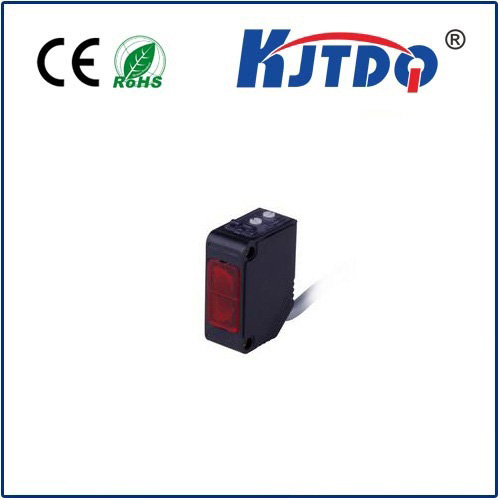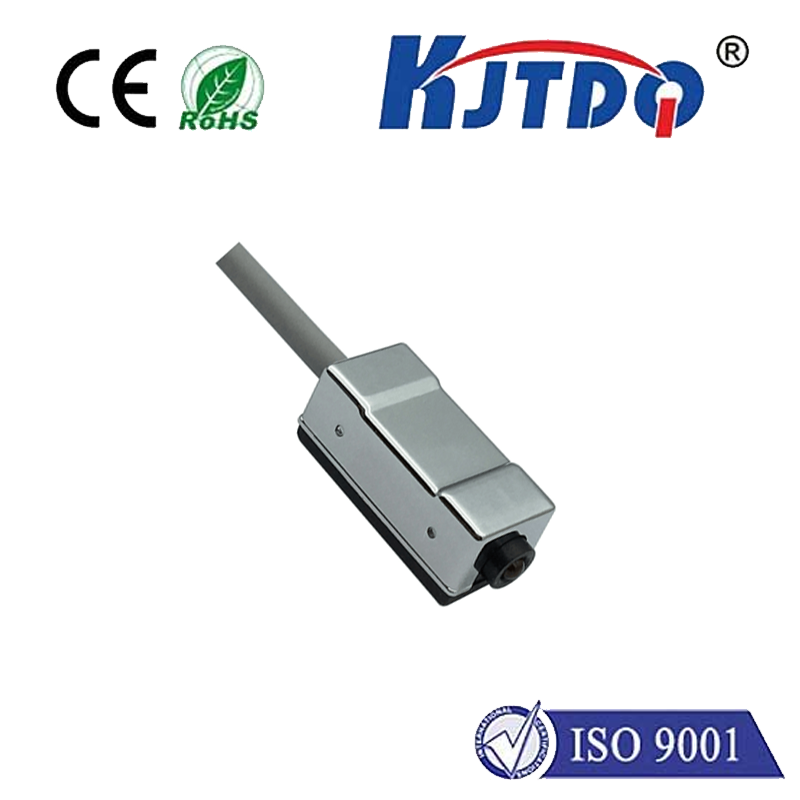photoeye types
- time:2025-07-24 03:54:50
- Нажмите:0
Photoeye Types: Choosing the Right Photoelectric Sensor for Your Automation Needs
In the intricate dance of modern automation, where precision and reliability are paramount, unseen guardians tirelessly monitor processes, detect objects, and trigger critical actions. Among these silent sentinels, Фотоэлектрический датчик, commonly called photoeyes, stand out as indispensable workhorses. But navigating the different photoeye types can be daunting. Understanding their core operating principles is the key to unlocking their potential and selecting the perfect electronic eye for your specific application.
The Essence of Sight: How Photoeyes “See”
At their core, all Фотоэлектрический датчик operate on a simple principle: they emit a beam of light and detect changes in the received light signal. An object passing through this beam interacts with the light, either blocking it, reflecting it, or causing a shift in its properties. This interaction is translated into an electrical signal – the sensor’s output – indicating the object’s presence, absence, position, or even some surface characteristics.
The crucial differences lie in how the light beam is projected and where the receiver is located. These differences define the three primary photoeye types, each with distinct strengths and ideal use cases:

1. Through-Beam Sensors: The Powerhouse of Long-Range Detection
- How They Work: The quintessential “sender-receiver” model. These sensors consist of two separate physical units: a transmitter that emits a constant beam of light (often visible red, infrared, or laser) and a receiver positioned directly opposite.
- Detection Principle: An object is detected when it physically breaks the light beam traveling between the transmitter and receiver. The receiver normally sees the light; when the beam is interrupted, the output signal changes state.
- Key Advantages:
- Longest Sensing Range: Capable of detecting objects reliably over significant distances, often several meters or even tens of meters. This makes them ideal for large machinery or wide conveyor belts.
- High Immunity to Interference: Since the receiver only expects light from its specific, aligned transmitter, they are highly resistant to ambient light, dust, steam, or reflectivity variations on the target object. Excellent for dirty or harsh industrial environments.
- Consistent Detection: Provides very reliable and consistent detection of virtually any opaque object, regardless of surface color, texture, or material (as long as it blocks the light).
- Key Considerations:
- Requires Precise Alignment: Both transmitter and receiver units must be meticulously aligned for reliable operation. Vibration or movement can disrupt alignment.
- Higher Installation Cost: Requires wiring and mounting for two separate components.
- Requires Clear Line-of-Sight: Both units need an unobstructed path between them.
2. Retroreflective Sensors: Simplicity and Efficiency in Medium Range
- How They Work: This photoeye type combines the transmitter and receiver into a single housing. A special retroreflector (like a high-efficiency mirror or prismatic tape) is mounted opposite the sensor.
- Detection Principle: The sensor emits light towards the retroreflector. The reflector sends the light beam directly back to the receiver within the sensor unit. An object is detected when it breaks the return beam, preventing the emitted light from reaching the receiver.
- Key Advantages:
- Simpler Installation: Only one device to wire and mount, plus the reflector. Much easier setup than through-beam, especially where mounting space opposite is limited.
- Good Sensing Range: Offers longer range capabilities than diffuse sensors, though generally less than through-beam.
- Эффективность затрат: Generally less expensive than a through-beam pair.
- Reliable for Opaque Objects: Excellent for detecting solid objects interrupting the beam path.
- Key Considerations:
- Requires Reflector Alignment: The reflector must be positioned accurately to bounce the beam directly back to the sensor’s receiver.
- Potential “False Triggers”: Highly reflective objects passing near the beam path might reflect enough light back to the sensor, mimicking the presence of the reflector and preventing detection. Polarized filters (often found on polarized retro sensors) combat this by only allowing light oscillating in a specific plane to pass, as emitted light loses polarization upon reflection from most objects but retains it when bouncing off the special retroreflector.
- Performance with Clear Objects: Transparent or clear objects may not sufficiently interrupt the beam, leading to unreliable detection.
3. Diffuse (Proximity) Sensors: Versatility in Close Quarters
- How They Work: Like retroreflective sensors, diffuse sensors house the transmitter and receiver in a single unit. However, they do not require any separate reflector. The target object itself becomes the reflective surface.
- Detection Principle: The sensor emits light (often modulated – pulsed at a specific frequency to resist ambient light interference). This light strikes the target object and diffusely scatters in many directions. Some of this scattered light bounces back to the receiver within the sensor. Detection occurs based on the intensity of this returned light signal.
- Key Advantages:
- Simplicity: Only one unit to install and wire; no reflector needed. Perfect for applications where mounting hardware opposite the sensor is impossible.
- Многогранность: Can detect a wide variety of objects – opaque, translucent, colored, textured – by sensing the amount of reflected light. Suited for detecting products on a line, position of machine parts, or object presence.
- Works Well at Close Range: Optimized for shorter sensing distances.
- Key Considerations:
- Sensing Range Limitations: Has the shortest maximum sensing range of the three photoeye types, typically limited to centimeters or a few feet.
- Surface Reflectivity Dependency: Detection reliability and range are heavily influenced by the color, texture, and material of the target object. Dark or non-reflective surfaces are harder to detect than light, shiny ones.
- Ambient Light Sensitivity: More susceptible to interference from strong ambient light sources than through-beam or retroreflective types. Modulated light helps significantly but doesn’t eliminate the risk entirely.
- Background Interference: Objects in the background beyond the target can reflect light, potentially causing false triggers. Background Suppression (BGS) or Fixed Field (Foreground Suppression - FGS) variants use triangulation principles to focus detection only within a specific, defined distance zone, ignoring objects beyond or before that zone.
Choosing the Right “Eye” for the Job
Selecting the optimal photoeye type isn’t about finding the “best” one overall, but the best fit for the specific challenge:
- Maximum Range & Harsh Conditions? Choose Through-Beam. They offer the longest reach and greatest immunity to environmental factors.
- Balancing Range & Simplicity? Opt for Retroreflective. They provide good range with easier setup than through-beam.
- Limited Mounting Space & Close-Range Detection? Diffuse sensors are usually the answer. For challenging backgrounds or variable surfaces, explore Diffuse with Background Suppression (BGS) or Fixed Field (FGS) variants.
Beyond the Basics: Understanding Options
Modern Фотоэлектрический датчик offer further refinements to these core photoeye types:
- Fiber Optic Sensors: Use flexible light guides, allowing the sensing head to be tiny or placed in extremely confined, hot, or hazardous locations, with the amplifier located remotely. They utilize the same core principles

